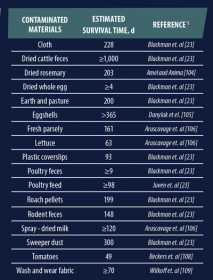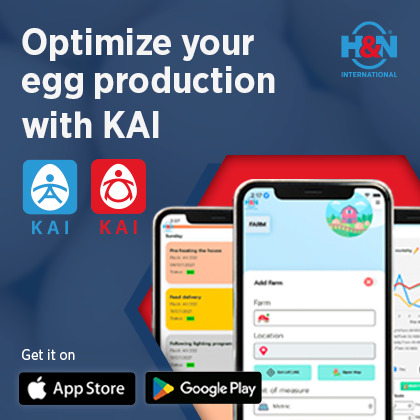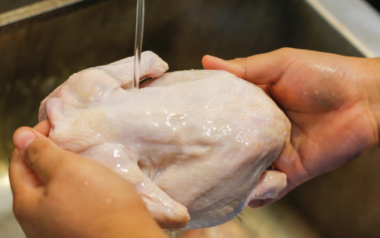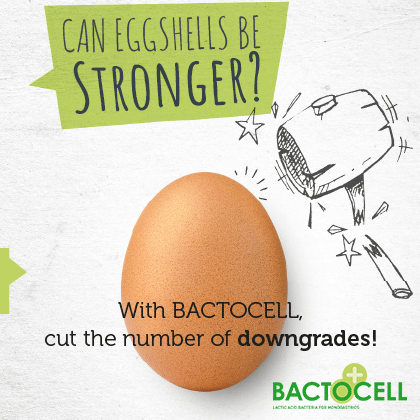Salmonella and biosecurity in poultry production
Salmonella spp is among the primary pathogens causing Foodborne Illness (FBI) and the third leading cause of death. It is widely distributed in nature and can survive in various environments.
Salmonella spp. is among the primary pathogens causing Foodborne Illness (FBI) and the third leading cause of death. It is widely distributed in nature and can survive in various environments.
Human infections are associated with the consumption of proteins of animal origin, and, currently, more than 2,600 salmonella serovars are known, all with the potential to cause disease in humans.
However, the most commonly evidenced are the serovars:


Salmonella Enteritidis.
Salmonella is a pathogen that has implications beyond public health, causing economic losses due to trade restrictions.
PRESENCE IN BIRDS CARCASSES
The process hygiene indicator widely used by Brazilian and international organizations is the presence of salmonella in poultry carcasses.

Therefore, understanding the epidemiology of serovars is essential to control and minimize the impacts it causes and establish mitigation measures.


MITIGATION MEASURES



Salmonella, in general, has a variety of ways of introduction into a farm.


Considering every detail, with a clear and precise objective of reducing the levels of environmental contamination and, consequently, in the birds.
CONTAMINATION SOURCES
The primary sources of contamination are:

feed,
water,
people,
pests (rodents, flies, mealworms) and
litter supplies.

Once the potential sources of contamination have been identified, it is necessary to adopt mitigation measures for each of them.

BIOSECURITY
Biosecurity in poultry farming aims to:

Control the spread of endemic agents to the farm or region;
Limit clinical signs caused by pathogens already present on the farm;
Control vertical infection by infectious agents with this characteristic;
Prevent or control infection by infectious agents of public health importance.
CLEANING AND DISINFECTION
One of the most important measures to reduce infection pressure is cleaning and disinfection. This procedure is applied to vehicles and materials that enter the farms and people, where bathing and changing clothes and shoes are necessary.
In breeders, the total removal of the
TO CONTINUE READING REGISTER IT IS COMPLETELY FREE
Access to articles in PDF
Keep up to date with our newsletters
Receive the magazine for free in digital version
REGISTRATION
ACCESS
YOUR ACCOUNT
LOGIN
Lost your password?







































